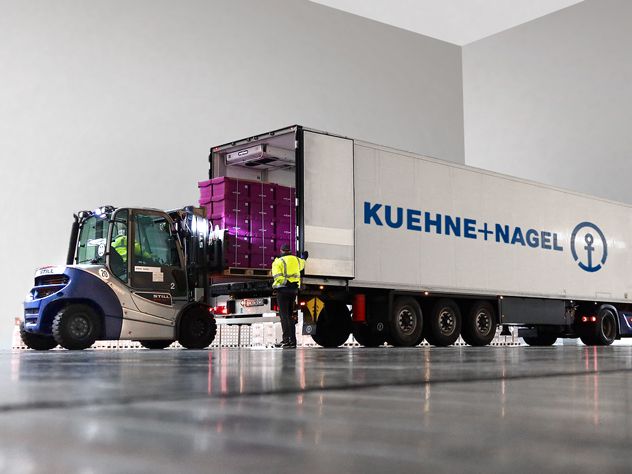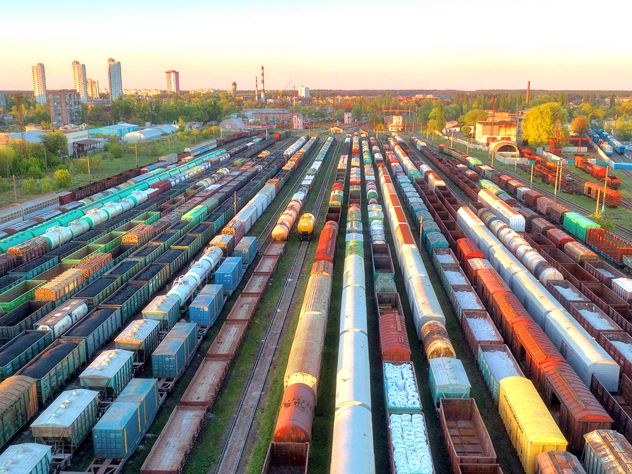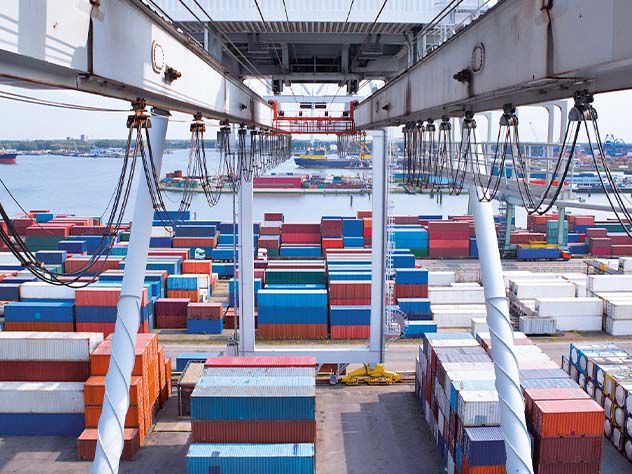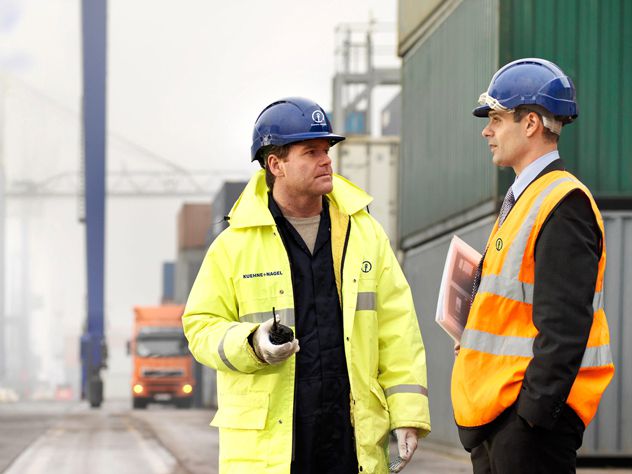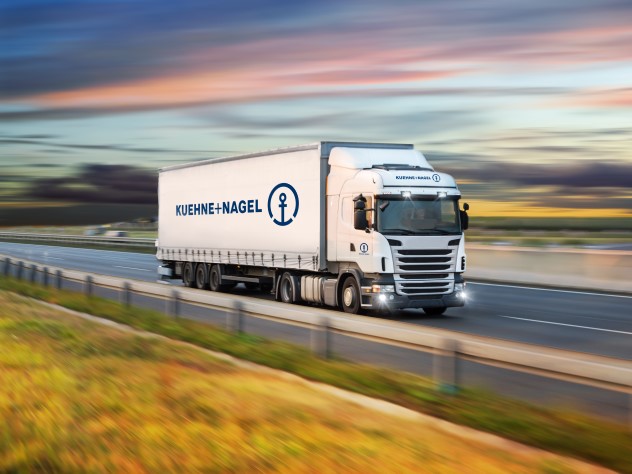Equipment availability Germany
The equipment situation regarding the availability of empty containers throughout Germany gets more and more challenging. Not only inland depots but also seaports are facing a serious lack of available dry boxes and special equipment, which leads to much longer lead times for bookings. This low availability is mainly due to high demands and massive volume shifts to transpacific trades. In addition, the situation will get worse in the coming weeks due to the Ever Given gridlock in the Suez Canal.
Vessel capacities
Due to the situation in transpacific market, the vessel capacities are very limited in nearly all trades from and to Northern Europe. Vessels are mainly fully booked 4-6 weeks in advance. Pre-bookings are highly recommended in order to secure long term vessel space. In regards to Chinese New Year most of feeder services from and to south China, Fujian and Hong Kong will be suspend within January and February 2021. The aftermath in the form of planned blank sailings during the Chinese New Year was dealt with in March but due to the Ever Given gridlock in the Suez Canal, blank sailings to and from the Far East are expected in the coming weeks. This will cause more delays, backlogs, possible storage and costs for demurrage and detention at the expense of the goods.
Development of freight rates vs. record cargo volumes
The situation with empty equipment and available vessel capacities on the one hand and port authorities worldwide reporting record cargo volumes moving through their facilities for consecutive months on the other hand, leads to an imbalance in offer and demand, which is constantly increasing the level of freight rates. The Global Port Tracker reported an 18% year-over-year increase in imported container volumes for the U.S. in October 2020. This situation makes long-term rate negotiations with our shipping companies very difficult.
Terminal storage capacities Hamburg
Congested terminals and delayed vessel departures in most European ports are currently also causing disruptions in container handling at the HHLA terminals in Hamburg. Especially CTA is affected and secures the operational process by a time limitation for delivery of full export containers, 48 hours prior vessel departure only. At this stage an end to the limitation is not predictable. Furthermore, the ports of Rotterdam and Antwerp have also limited the delivery times for export containers, so that flexible scheduling of the containers is hardly possible.
In addition to the general situation for shipments from Northern Europe, transatlantic trade and import processes in Canada and the USA are particularly affected by the current challenges. This has an impact on the entire supply chain.
Current challenges in the United States and Canada
Labor shortages and container trucking capacity
The pandemic has severely impacted the availability of labor. Terminals in Los Angeles (LAX) and Long Beach (LGB) for example are unable to secure enough dock labor to manage vessel operations within normal time. Availability of truck drivers is extremely tight throughout the nation as well, especially at the ports. The standard availability in LAX/LGB is currently 3-4 weeks out. Similarly, for East Coast (EC) ports there is at least a week before driver capacity is available and it is going to get worse as volumes shift from WC to EC ports. Driver availability at Mid-West rail ramp locations is slightly better but considering Railroad‘s only allow 2 days free time, a lot more critical. Here, reduced free times of only 2 days lead to considerable costs and problems.
Chassis and Railcar shortages
The availability of chassis in relation to container volumes is at an all-time low. This is caused by loaded containers on chassis not being unloaded as quickly as usual, also due to extremely tight inventory levels in warehouses around the nation. Manufacturer´s lead time for ordering more chassis is approx. 6-9 months. Furthermore there are reports of a shortage of railcars at the major ports/terminals, which is causing extended dwell times for cargo. In addition, some ramps are experiencing a backlog of railcars to unload. For this reason, rail embargoes are sometimes declared (e.g. Kansas City rail terminal), so that only a reduced number of containers can be transported from the port to the rail terminals in the US. This also leads to increased dwell times in the US ports.
Port, Terminal and Ramp congestion
Some ports are offering Saturday gates in order to alleviate congestion but this only works out by availability of drivers, chassis or warehouse capacities. The congestion also partially causes vessels to be delayed with berthing or even being diverted to other terminals due to lack of capacity.
Demurrage, detention and rail storage
The current situation leads to significantly higher charges for storage fees, detention costs, etc. for the shipping companies. These are also charged by the carriers without exception in the event of delays due to congestion, chassis shortages, etc.



